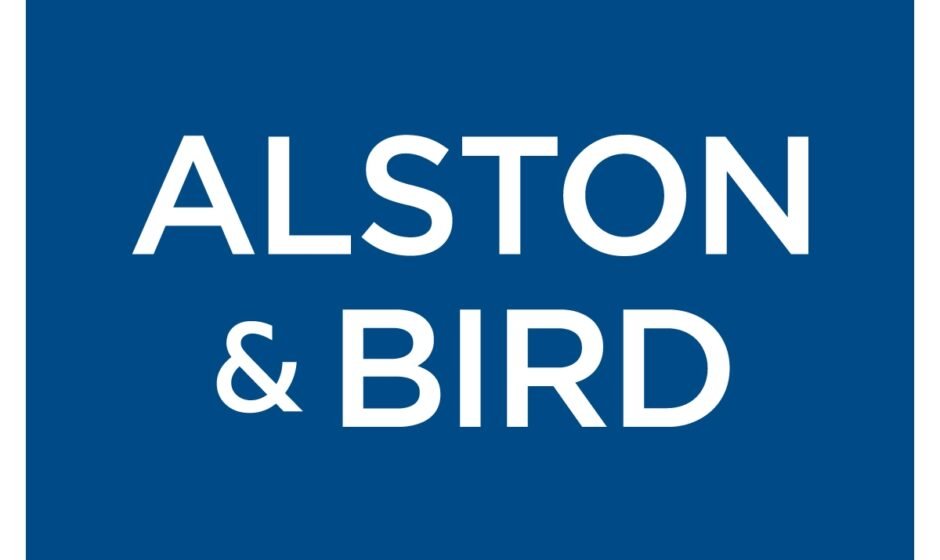The New York Department of Financial Services (NYDFS) has released an 18-page guidance document on managing material, financial, and operational risks related to climate change. The document, published on December 21, 2023, applies to New York State regulated mortgage lenders and servicers, as well as banking organizations and licensed branches and agencies of foreign banking organizations.
The NYDFS has emphasized the importance of strategically managing climate change-related risks and taking necessary actions proportionate to the size, business activities, and risk profile of regulated organizations. The guidance sets forth expectations for these organizations, including in the areas of corporate governance, internal control and risk management, and data aggregation and reporting.
In terms of corporate governance, the NYDFS expects organizations to establish a risk management framework that incorporates climate-related risks and holds management accountable for implementation. The framework should be integrated within an organization’s three lines of defense – quality assurance, quality control, and internal audit. Additionally, the NYDFS urges organizations to minimize and mitigate disproportionate impacts on low and moderate-income communities, which could potentially violate fair lending and consumer finance laws. The NYDFS also encourages organizations to explore financing or investment opportunities that enhance climate resiliency and qualify for credit under the New York Community Reinvestment Act.
Regarding internal control and risk management, regulated organizations should consider and address climate-related financial risks alongside other types of risks such as credit, liability, market, legal/compliance, and operational and strategic risks. The NYDFS defines financial risks from climate change as physical risks from severe weather events and transition risks arising from economic and behavioral changes driven by policy, regulation, technology, consumer and investor preferences, and changing liability risks. While insurance can help mitigate climate change risk, the NYDFS cautions that its availability in the future is not guaranteed.
In terms of data aggregation and reporting, regulated organizations should establish systems to aggregate data and report their efforts to monitor climate-related financial risk. This will facilitate decision-making by the board and senior management. Additionally, organizations should consider developing and implementing climate scenario analyses.
The NYDFS emphasizes that organizations should not use uncertainties and data gaps as an excuse for inaction. Although the NYDFS has not provided a specific timeline for implementing the guidance or incorporating the expectations into examinations, organizations are advised to start integrating climate-related risks into their organizational structure, business strategies, and risk management operations. This will help prepare organizations for the request for information that the NYDFS plans to send out later this year. The request for information will likely seek details on steps taken or planned by organizations to manage climate-related risks, including information on government structure, business strategy, risk management, operational resiliency measures, and metrics for measuring risks.
In conclusion, regulated organizations in New York State should familiarize themselves with the NYDFS guidance on managing climate change-related risks and take proactive steps to implement the recommended measures. By doing so, organizations can better prepare for future regulatory requirements and contribute to climate resiliency efforts.




